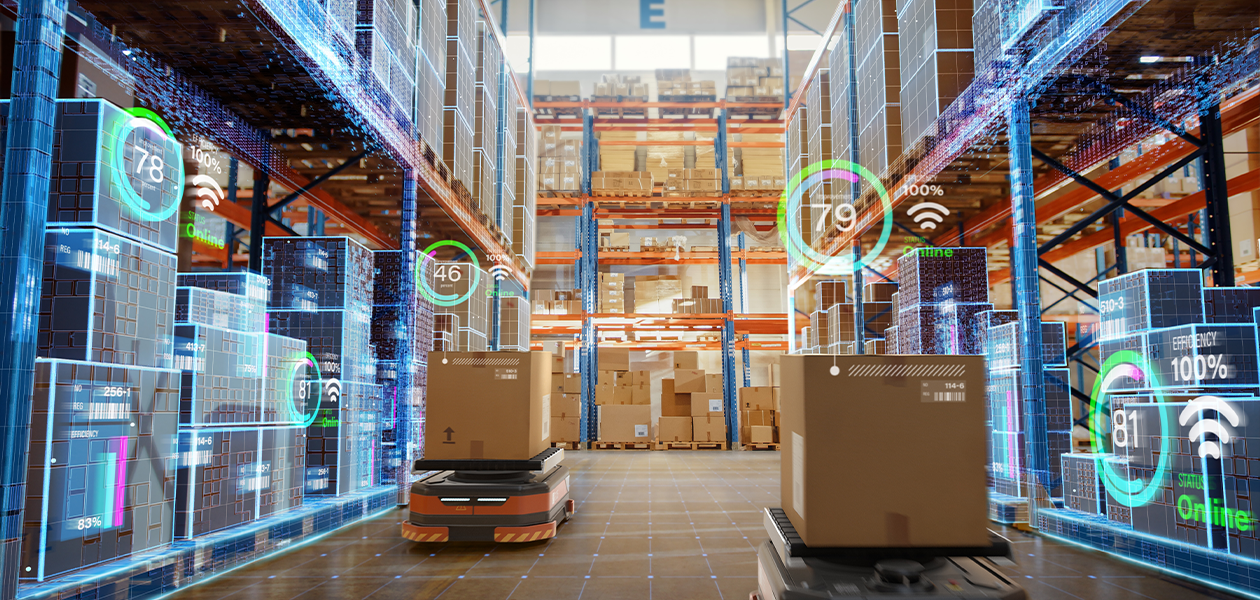Harnessing data for industry operations
In today’s world where data is considered the new oil, digital technology has fuelled the disruption of a variety of sectors. While media and telecommunications were some of the first to reap the benefits of digitalisation, manufacturing is poised to transform with the advent of data-driven innovations.
Dubbed “Industry 4.0”, efforts to enhance the efficiency and cost-effectiveness of industrial processes with digital technologies have revolutionised the way companies manufacture, develop, and distribute their products.
To unleash the full power of Industry 4.0, plenty of innovations are emerging to the fore. Here, we feature three new Tech Offers that have the potential to shift the landscape of manufacturing and bring a new level of efficiency and responsiveness to industry operators.
Sharper eyes for labelling
Whenever you see a computer automatically labelling an object or detecting its presence, it is typically configured to do so using machine-learning algorithms, trained by feeding them with large datasets. However, the Achilles heel of publicly available datasets, lies in their inefficiency when identifying objects that are diverse and abundant in nature. As a result, they can be at a disadvantage in busy industrial settings.
To bridge such gaps, a deep-learning video-based solution uses a technique called “instance segmentation” that simultaneously detects, segments, and classifies every individual object in a scene. Using surveillance cameras, the model can detect and pin-point objects within a scene, as well as classify and quantify them. In fact, for users who need to upgrade and include the latest codes, the model’s incremental learning capabilities mean there’s no need to retrain the entire system—updating part of it is sufficient.
Applicable in factories, warehouses and cargo terminals, this improved vision and labelling technique can help reduce the cost of annotation from pixel-level to video-level, while helping manufacturers measure productivity and enhance operations.
Helping robots see better
One of the critical enablers for Industry 4.0 is for machines and robots to work seamlessly with humans to streamline previously tedious and time-consuming tasks, forming the basis of “smart factories”. But for this to come to fruition, our non-human counterparts first need to see and move about the world as we do.
A 3D vision-based localisation technology enables robots to better navigate both indoor and outdoor environments where the Global Positioning System (GPS) is unserviceable or inaccurate. Marrying proprietary 360-degree omnidirectional sensors with edge computing capabilities and intelligent algorithms, the system is ready-to-use and fully customisable according to user requirements.
Whether used with ground-based delivery and service robots or for visual identification and monitoring systems, this technology translates to significantly increased robustness and performance of existing automation systems. It shifts new and challenging tasks—previously difficult or impossible to automate—into the hands of robots and machines. Killing two birds with one stone, they can also take on dull and dangerous jobs, improving overall operational efficiency and workplace bsafety.
Making materials-handling a breeze
With supply-chain challenges and labour shortages brought on by the Covid-19 pandemic, coupled with surging demands for e-commerce, robotics can provide the support businesses need to ramp up productivity by introducing a new and systematic way to handle materials and products more efficiently.
For example, an autonomous materials handling system that integrates communication algorithms and LiDAR sensors to trigger a series of autonomous functions. In a simple yet elegant working mechanism, the system triggers the operation of autonomous robots or machines via a command centre whenever it detects that the designated Lidar elevator stand area is empty. Furthermore, the system is flexible enough to work under different lighting conditions and smart enough to prevent false requests that would otherwise reduce the system’s efficiency.
Currently demonstrated in autonomous trolley-return solutions, this technology could reduce manual labour requirements and simplify work operations in a variety of locations such as airports, supermarkets, hotels, and factories. It could also free up existing manpower to carry out higher value-added tasks, empowering businesses to better manage precious human resources.

